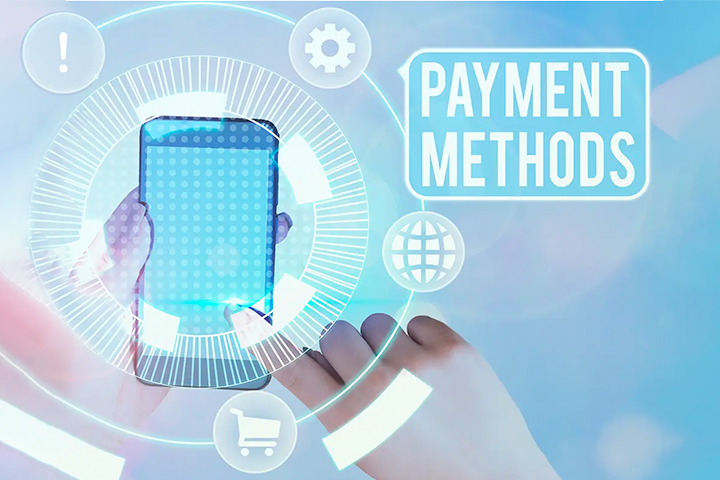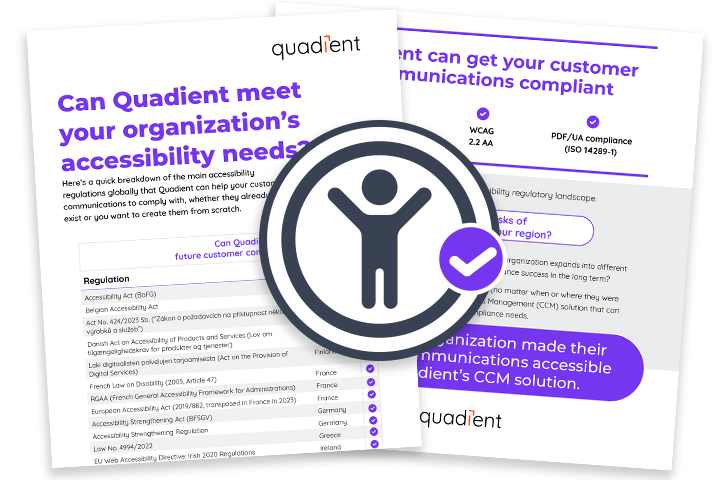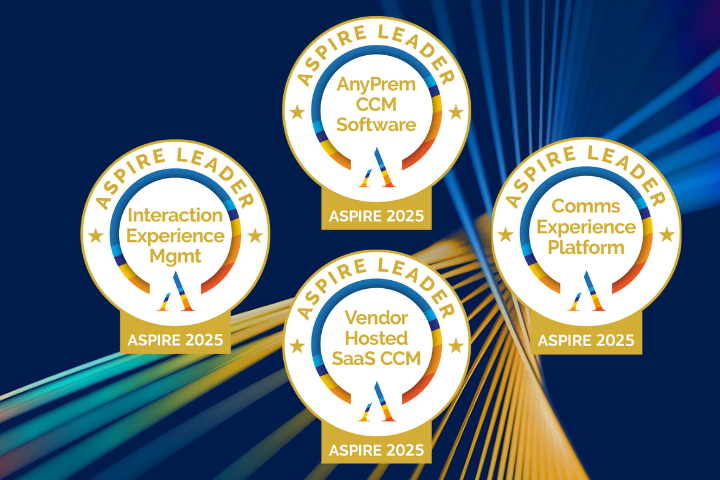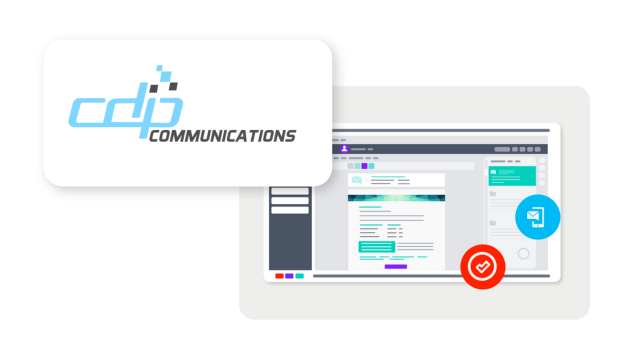
We’ve all been there: you step up to a buffet with an empty plate, and you’re suddenly overwhelmed by the number of choices. Do you get the roast beef? The chicken? The fish or the vegetable lasagna? What about sides and dessert?
A wealth of options can lead to indecision. How do you determine what you really want, or what’s best in a given situation? That’s the problem facing many finance departments today ― at least where payment methods are concerned. From virtual credit cards and e-check to ACH, wire transfers, or traditional paper checks, there are more ways to pay than ever before. The right way to pay can boost your business’ reputation with vendors and customers, as well as saving time and money. But which one is best for your business?
What’s on the menu?
Before making a decision, it’s important to understand what’s on offer. Here are the primary remittance options available:
ACH/EFT – An increasingly popular method of making payments, ACH (or EFT in Canada) is an electronic fund transfer system. The network functions like a hub that makes it easier to move money from one financial institution to another. Both quick and cost-effective, ACH is frequently used by companies to pay their employees.
E-check – Put simply, an e-check is simply a digital version of a paper check. They function in the same manner but can be processed much faster. A clearinghouse is responsible for moving the money between banks. Authorization can take place online, over the phone, or through a signed form.
Virtual credit card – A virtual credit card is a temporary credit card number issued for online and some over-the-phone purchases. They can be single-use or designed with a dollar limit, and are processed in the same manner as a physical credit card. However, virtual credit cards can’t be used for in-person transactions.
Wire transfer – An electronic transfer of funds that takes place through a network administered by a bank or other transfer agency. The individual initiating the transaction makes the payment at the remitting bank and includes the payee’s name, bank account number, and the amount being sent. These are typically used for international payments.
Check payment – The tried-and-tested method of making one-off payments for decades. A check is a physical document signed by the customer and instructing their financial institution to pay another party. Given the length of time they take to process — as many as seven days — physical checks are increasingly being replaced by digital payment methods.
Making the right choice
Several factors will influence which payment method is best for your company. What’s the size of your transaction? Where are your vendors located, and how do they prefer to receive payments? What does each method mean for you in terms of time and financial investment? Here are some of the specific benefits of each payment method.
Why use ACH/EFT: Faster and more secure than paying by check, this method can be handled remotely and is quick to process. That said, it’s important to remember that payments may take up to five days to clear.
Why use e-check: Using this method eliminates the costs associated with printing, mailing, and handling paper checks, and it’s also speedier. e-checks also work well for remote workers, given that the transactions can be handled over the phone or online. They do, however, carry some risk of fraud.
Why use virtual credit cards: An increasingly popular option, virtual credit cards (VCCs) allow you to approve payments and release them to vendors via your accounting software. They also come with cashback opportunities and increased security. VCCs are also frequently available through automation software, including Quadient AP by Beanworks.
Why use wire transfer: Wire transfers are a good solution for companies with a lot of international business, as payments can be made anywhere in the world. However, it’s worth bearing in mind that wire transfers come with an associated cost.
Why use paper checks: Perhaps the most advantageous thing about using traditional checks is that they’re familiar and remain a fairly common, trusted means of payment. That said, they are less secure, take more time to clear, and are expensive to process. In the age of remote work and distributed teams, they’re also impractical. Of all the payment methods listed, paper checks are the most likely to be phased out.
For organizations still tied to manual accounts payable processes, it’s worth considering the time and financial savings available through automation. And if you’ve already gone digital, you should make sure that your payments are being made in the fastest, safest way possible, too. Utilizing AP automation solutions like Quadient AP can help ensure that your vendors are paid quickly, cheaply, and efficiently.








